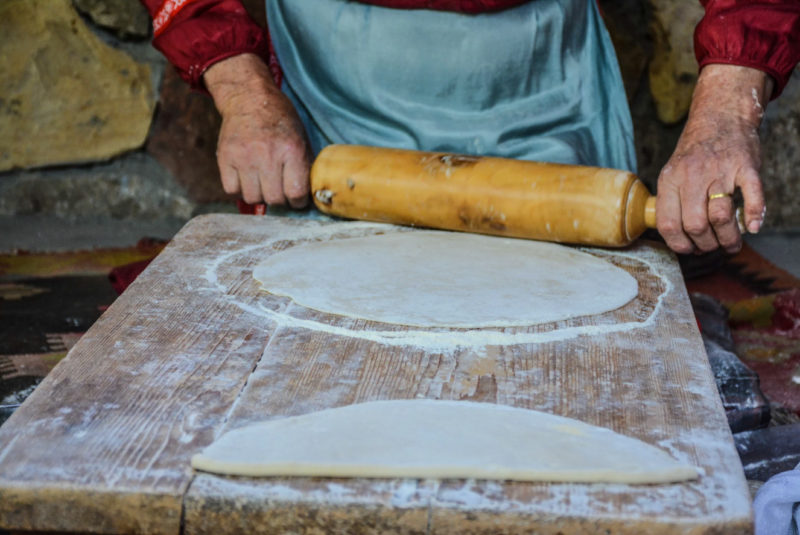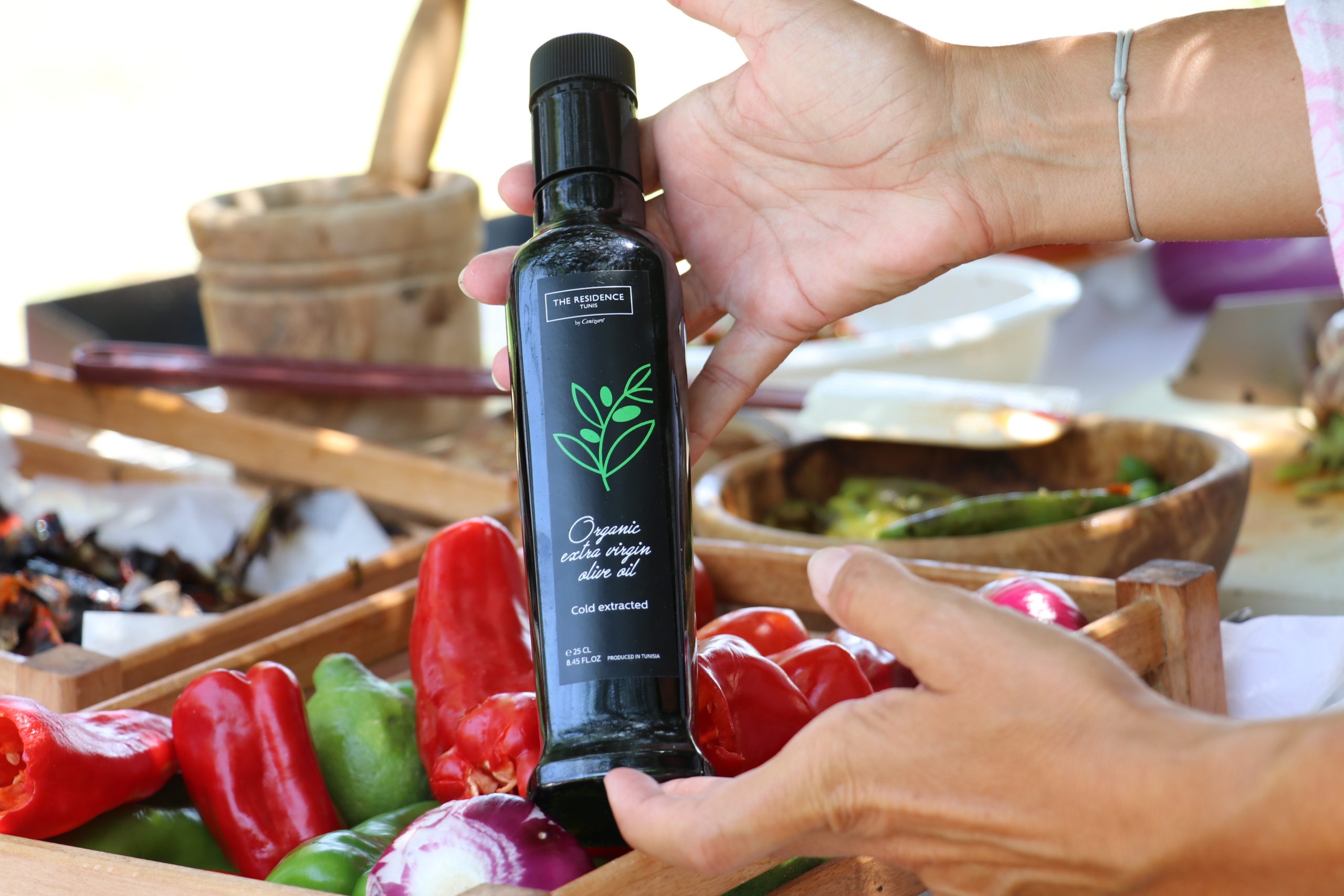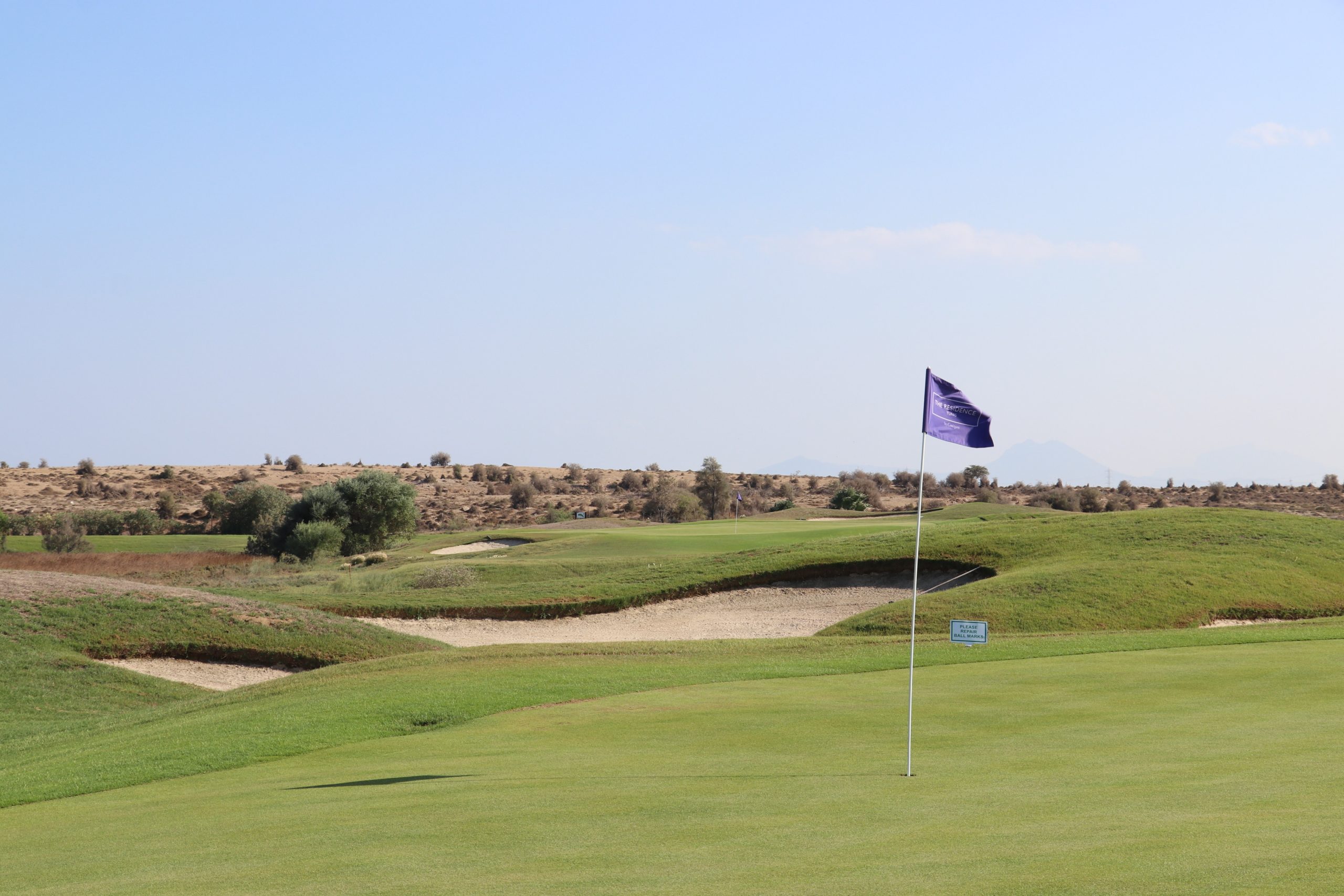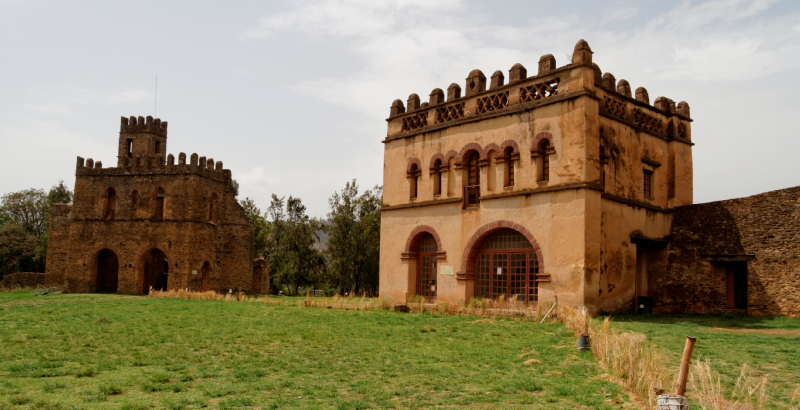Il Lavash, il sottile pane tradizionale armeno è stato iscritto dall’Unesco nel Patrimonio culturale immateriale dell’Umanità. Rispecchia l’anima del Paese e di un popolo che ha sempre mantenuto vive ed intatte le proprie tradizioni.
A tavola non manca mai, servito in cestini intrecciati, è considerato il simbolo della famiglia, infatti svolge anche un ruolo rituale nei matrimoni, dove viene posto sulle spalle degli sposi per portare fertilità e prosperità.
La sua preparazione rafforza i legami familiari, comunitari e sociali. Il processo è intrapreso da un piccolo gruppo di donne e richiede un grande sforzo, coordinazione, esperienza e abilità speciali. Si prepara un semplice impasto a base di farina di grano e acqua, un pizzico di sale e senza lievito, viene lavorato e composto in palline. Una per volta, le palline vengono lavorate in sfoglie sottili con un mattarello e allargate facendole volteggiare con le mani, quindi stese su uno speciale cuscino ovale che viene “schiaffeggiato” contro il muro di un tradizionale forno conico in argilla, il tonir, rivestito di pietra o di ceramica, scavato nella terra. Dopo trenta secondi il pane cotto viene estratto dalla parete del forno.
Più che alla preparazione di un alimento sembra di assistere a un rito ancestrale, dove ammirare la maestria dei movimenti rapidi e decisi, frutto di un’esperienza acquisita giorno dopo giorno, tramandata di generazione in generazione.
Non solo donne comunque nella fase di preparazione: gli uomini sono coinvolti ancor prima nella creazione dei cuscini e dei forni, con l’impegno di trasmettere la loro abilità a studenti e apprendisti come passo necessario per preservare la vitalità della produzione del lavash.
In genere viene abbinato ai formaggi locali, alle erbe aromatiche come il basilico, coriandolo, prezzemolo e menta. E’ meglio mangiarlo appena sfornato, ma può essere conservato fino a 6 mesi in fogli essiccati e impilati uno sull’altro.
Mangiando il Lavash si ritrova nel suo sapore la storia di un passato mai dimenticato, un’essenza che nel corso dei millenni è rimasta intatta fino ad arrivare sulle tavole di oggi.






